-
 Education[Updated February 2024] There’s one thing that beats inspiring kids to take up neuroscience: Watching them not only catch the spark but pass it along! High schooler Supriya Nair is our case in point. Through scientific outreach using our SpikerBox, she has already ignited the interest of hundreds of her peers who got to see and […]
Education[Updated February 2024] There’s one thing that beats inspiring kids to take up neuroscience: Watching them not only catch the spark but pass it along! High schooler Supriya Nair is our case in point. Through scientific outreach using our SpikerBox, she has already ignited the interest of hundreds of her peers who got to see and […] -
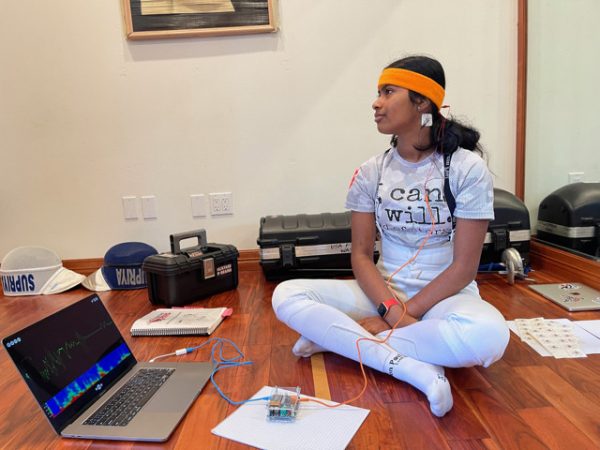 ExperimentSwift and agile musclework and bladework is all you need to be a good fencer. Or is it? As it turns out thanks to Supriya Nair, an eighth-grader from Redmond, WA, the brain and heart have their fair share in it too! The young scientist’s research project on neurofencing just won her yet another first place […]
ExperimentSwift and agile musclework and bladework is all you need to be a good fencer. Or is it? As it turns out thanks to Supriya Nair, an eighth-grader from Redmond, WA, the brain and heart have their fair share in it too! The young scientist’s research project on neurofencing just won her yet another first place […] -
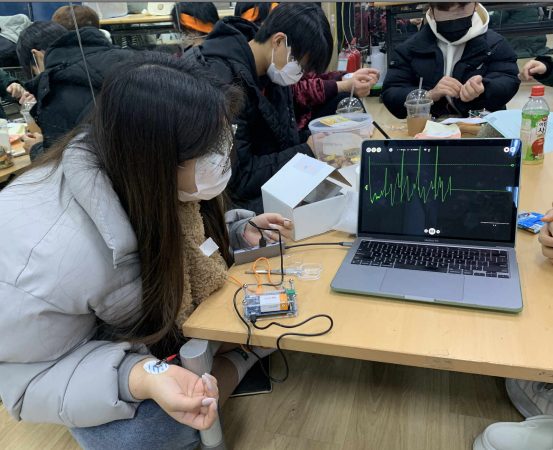 Education— Written by Tim Marzullo — Backyard Brains’ mission is to spread neuroscience around the world. Our motto is Neuroscience for Everyone! So naturally, when a group of MIT undergraduate students led by Jiwon Kim contacted us, telling us that they were interested in our equipment for some classes they were teaching at Yeomyung School in […]
Education— Written by Tim Marzullo — Backyard Brains’ mission is to spread neuroscience around the world. Our motto is Neuroscience for Everyone! So naturally, when a group of MIT undergraduate students led by Jiwon Kim contacted us, telling us that they were interested in our equipment for some classes they were teaching at Yeomyung School in […] -
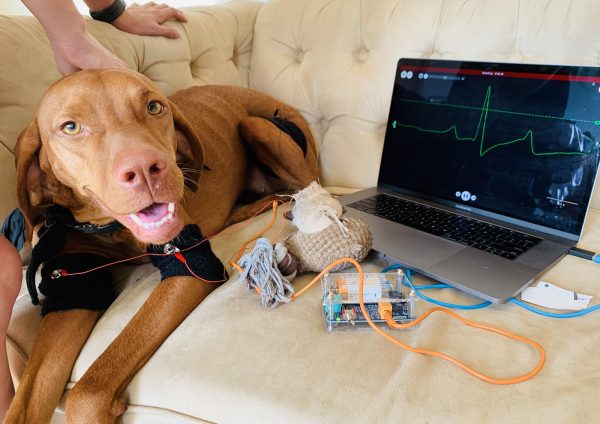 Experiment— Written by Tim Marzullo — All vertebrate animals have hearts (and many invertebrates too), and many have EKGs that can be non-invasively recorded as commonly done in humans. We have fairly hairless bodies, so we can easily put sticker electrodes on our wrists or chests to record our EKG. However, many of us share our households […]
Experiment— Written by Tim Marzullo — All vertebrate animals have hearts (and many invertebrates too), and many have EKGs that can be non-invasively recorded as commonly done in humans. We have fairly hairless bodies, so we can easily put sticker electrodes on our wrists or chests to record our EKG. However, many of us share our households […] -
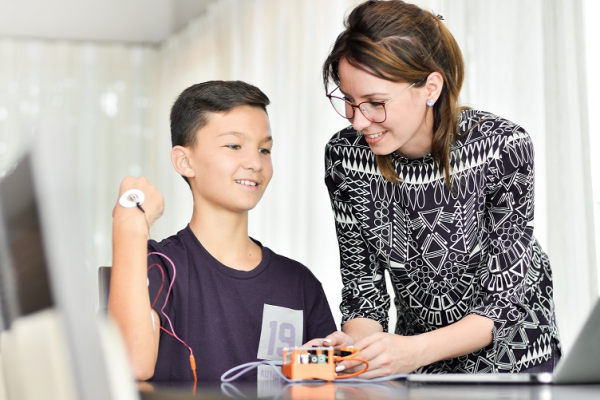 EducationFully remote, fully in-person, or somewhere in a sweet spot between the two. Those are the main safety concerns that are being laid right now in front of the decision makers, on behalf of students, parents, teachers and everyone around them, right at the kickoff of the new academic year. But whichever model prevails, it […]
EducationFully remote, fully in-person, or somewhere in a sweet spot between the two. Those are the main safety concerns that are being laid right now in front of the decision makers, on behalf of students, parents, teachers and everyone around them, right at the kickoff of the new academic year. But whichever model prevails, it […] -
 EducationA two-week online course on neural engineering spruced up with some signal processing and machine learning – is there a better way to spend two weeks of August? Plus, you’ll tinker with a BYB Heart and Brain SpikerBox – and you’ll get to keep it too! Full details here. If you’re as hyped up about FREE […]
EducationA two-week online course on neural engineering spruced up with some signal processing and machine learning – is there a better way to spend two weeks of August? Plus, you’ll tinker with a BYB Heart and Brain SpikerBox – and you’ll get to keep it too! Full details here. If you’re as hyped up about FREE […] -
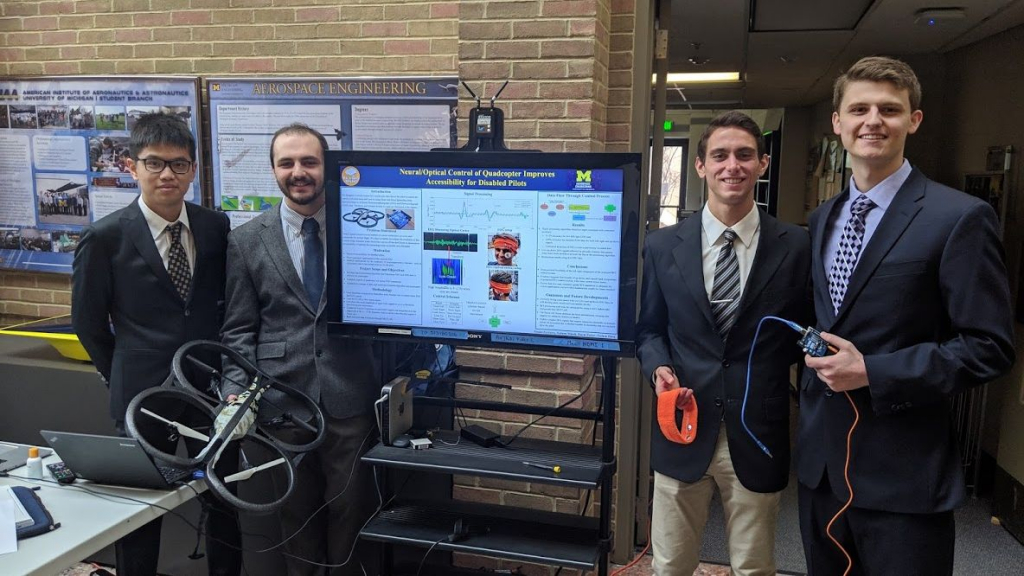 EducationThis University of Michigan student team developed a way to control a drone with a new kind of controller… We work with students of all ages — from outreach to early elementary, to hands-on demonstrations, labs, and even research with students from fifth grade to… well, grad school and beyond! We wanted to share this novel and […]
EducationThis University of Michigan student team developed a way to control a drone with a new kind of controller… We work with students of all ages — from outreach to early elementary, to hands-on demonstrations, labs, and even research with students from fifth grade to… well, grad school and beyond! We wanted to share this novel and […]